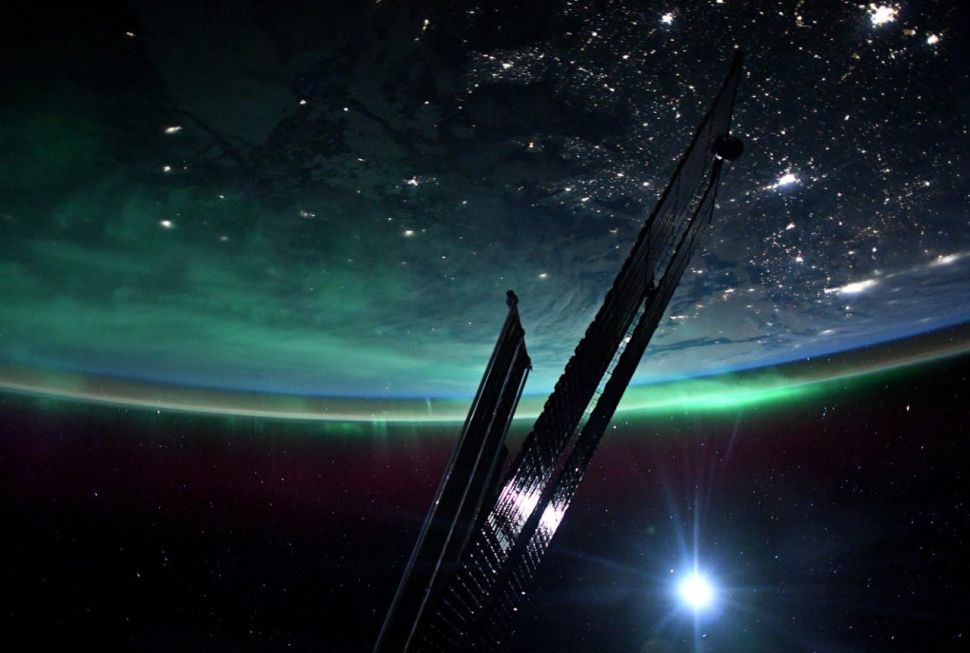2.03.2023
Josh Cassada has given us a bird's-eye view of the supercharged auroras.

NASA astronaut Josh Cassada posted this dazzling aurora photo on Twitter on Feb. 28, 2023 with a simple but appropriate caption: "Absolutely unreal." (Image credit: NASA/Josh Cassada)
You don't often see Earth's dazzling auroras from this angle.
NASA astronaut Josh Cassada just snapped a stunning shot of the light display from his perch on the International Space Station (ISS), which flies about 250 miles (400 kilometers) above Earth on average.
"Absolutely unreal," Cassada wrote by way of a caption for the photo, which he posted on Twitter(opens in new tab) on Tuesday (Feb. 28).
Cassada is far from the only skywatcher marveling at the auroras these days. The light shows — caused by the interaction of charged solar particles with molecules in Earth's atmosphere — have been supercharged recently by strong sun activity.
Specifically, a "hole" in the sun's outer atmosphere, or corona, souped up the flow of the solar wind, the stream of charged particles flowing constantly from our star. And huge clouds of solar plasma that were rocketed into space by coronal mass ejections slammed into our planet on both Sunday (Feb. 26) and Monday (Feb. 27), adding more fuel to the auroral fire.
As a result, the displays have spread far from the ultrahigh latitudes that are their natural home. (Earth's magnetic field lines tend to channel the charged particles toward our planet's poles.)
The wispy, dancing lights wowed observers throughout the British Isles recently, for example, and even made an appearance as far south as California: They were photographed above Death Valley National Park on Monday(opens in new tab).
Cassada arrived at the ISS last October, along with the three other crewmembers of SpaceX's Crew-5 mission — NASA's Nicole Mann, Japanese astronaut Koichi Wakata and cosmonaut Anna Kikina.
The quartet will be able to admire our planet from above for just another week or so, if all goes according to plan: Crew-5 is scheduled to return to Earth about five days after SpaceX's Crew-6 mission arrives at the orbiting lab. Crew-6 is currently slated to lift off early Thursday morning (March 2) from NASA's Kennedy Space Center in Florida.
Quelle: SC

